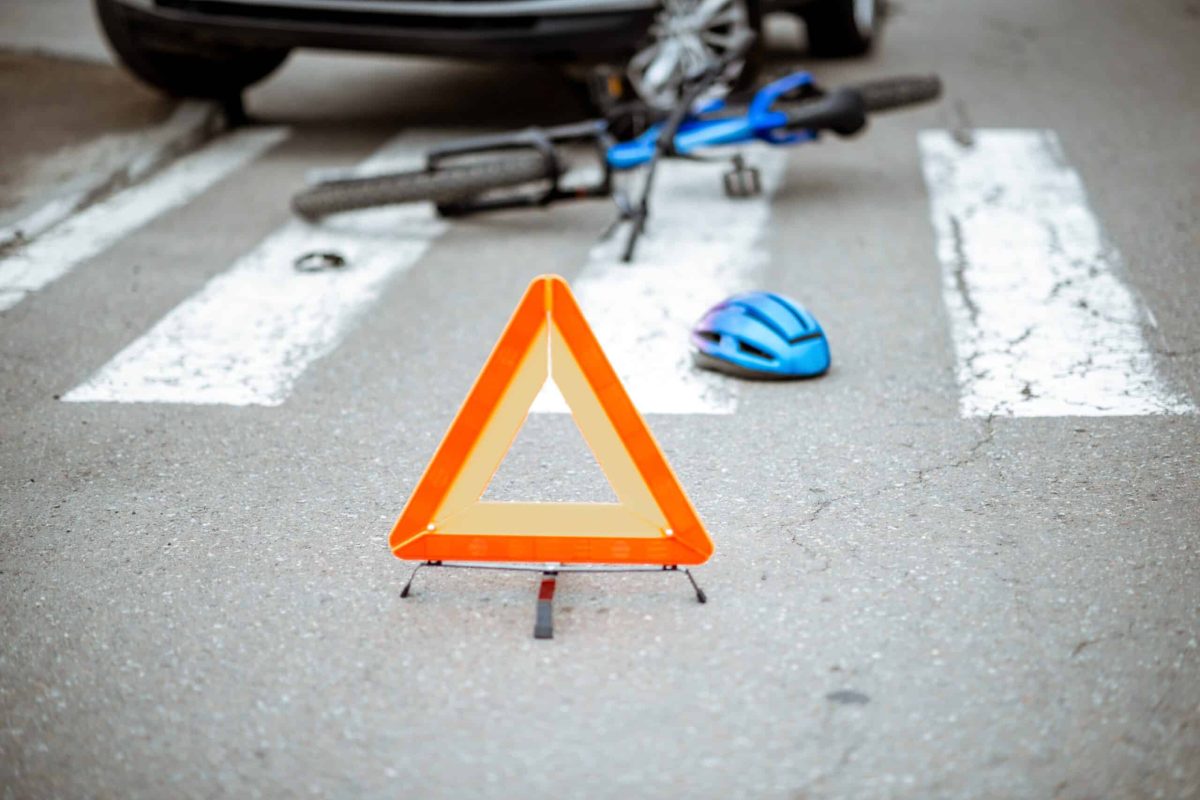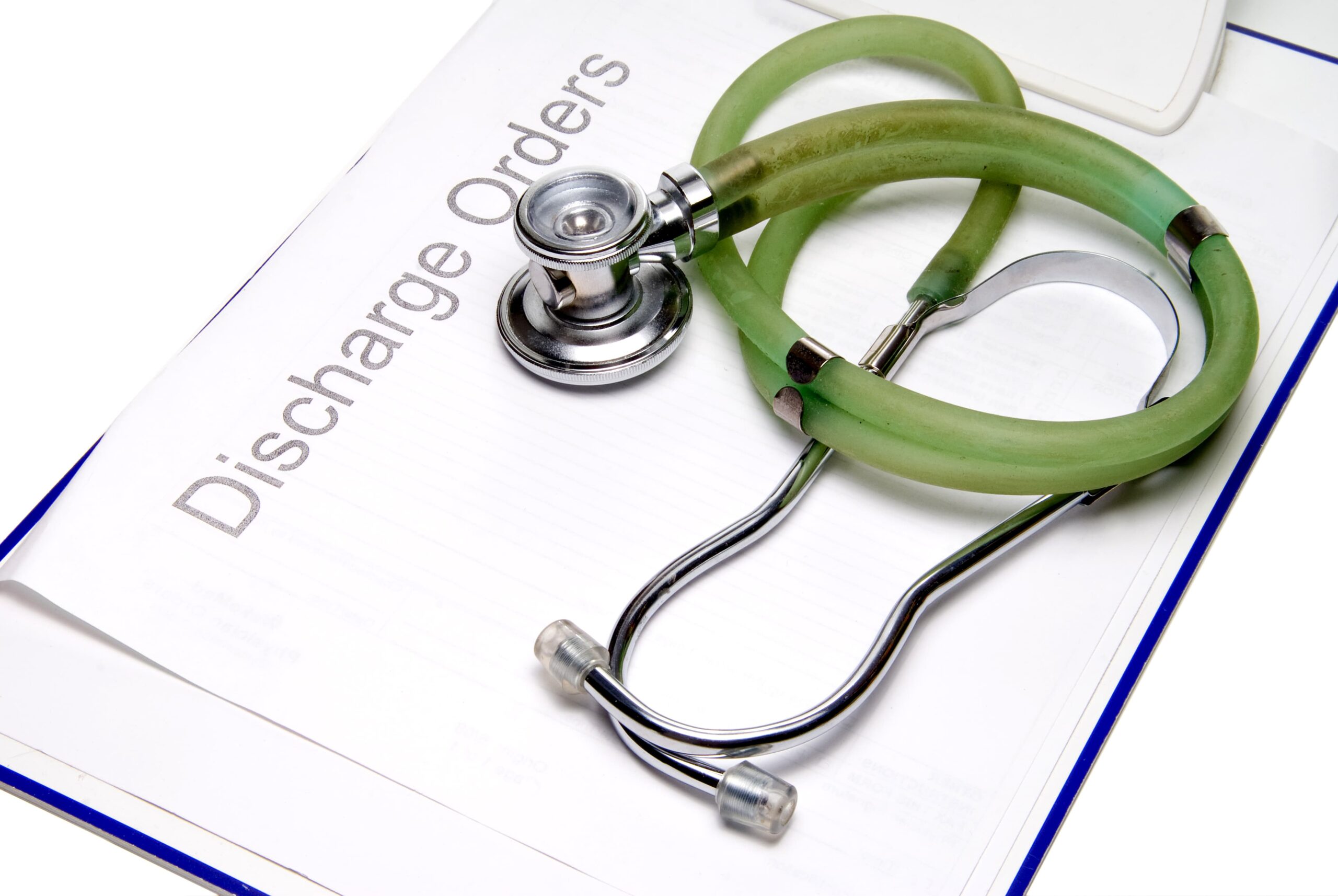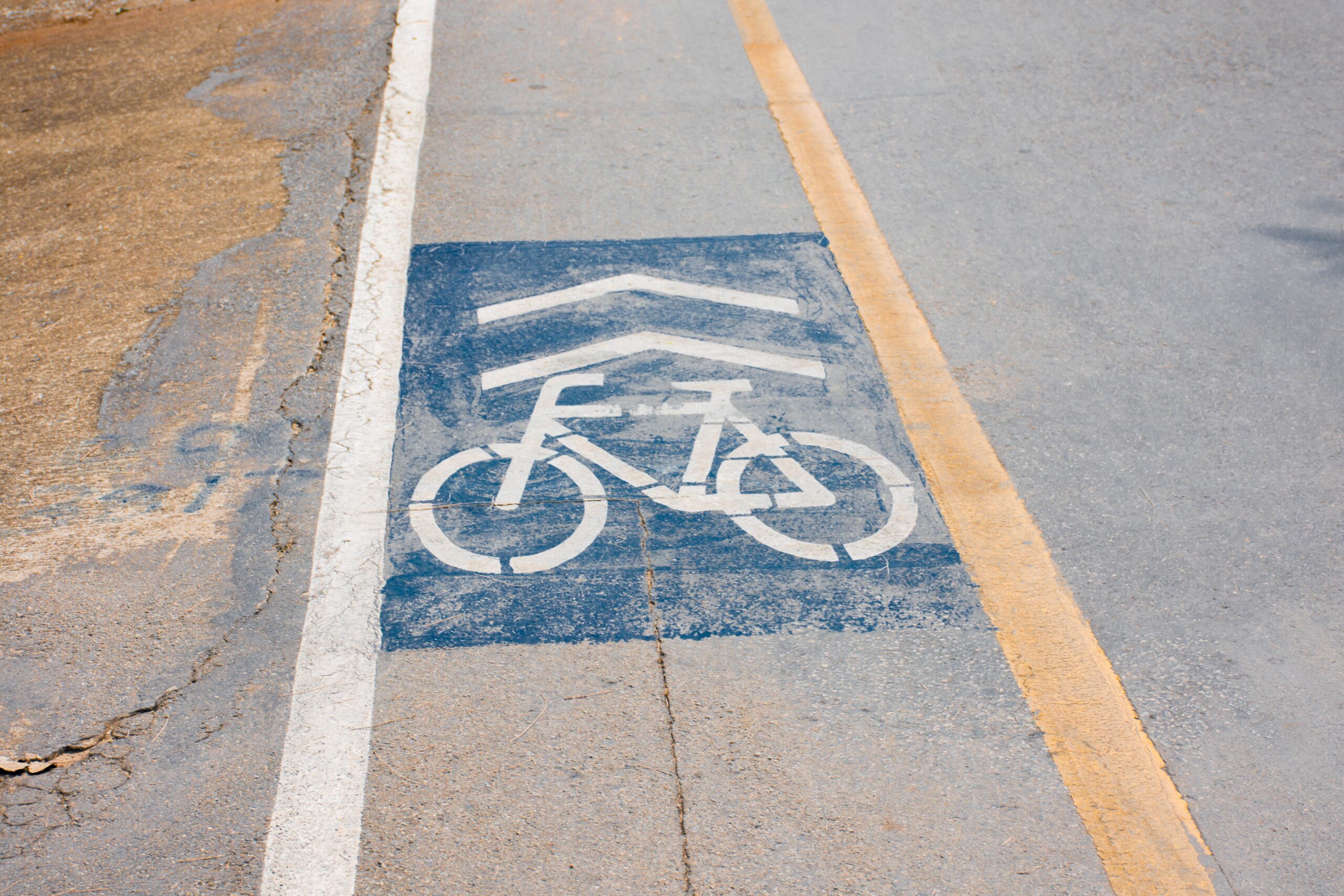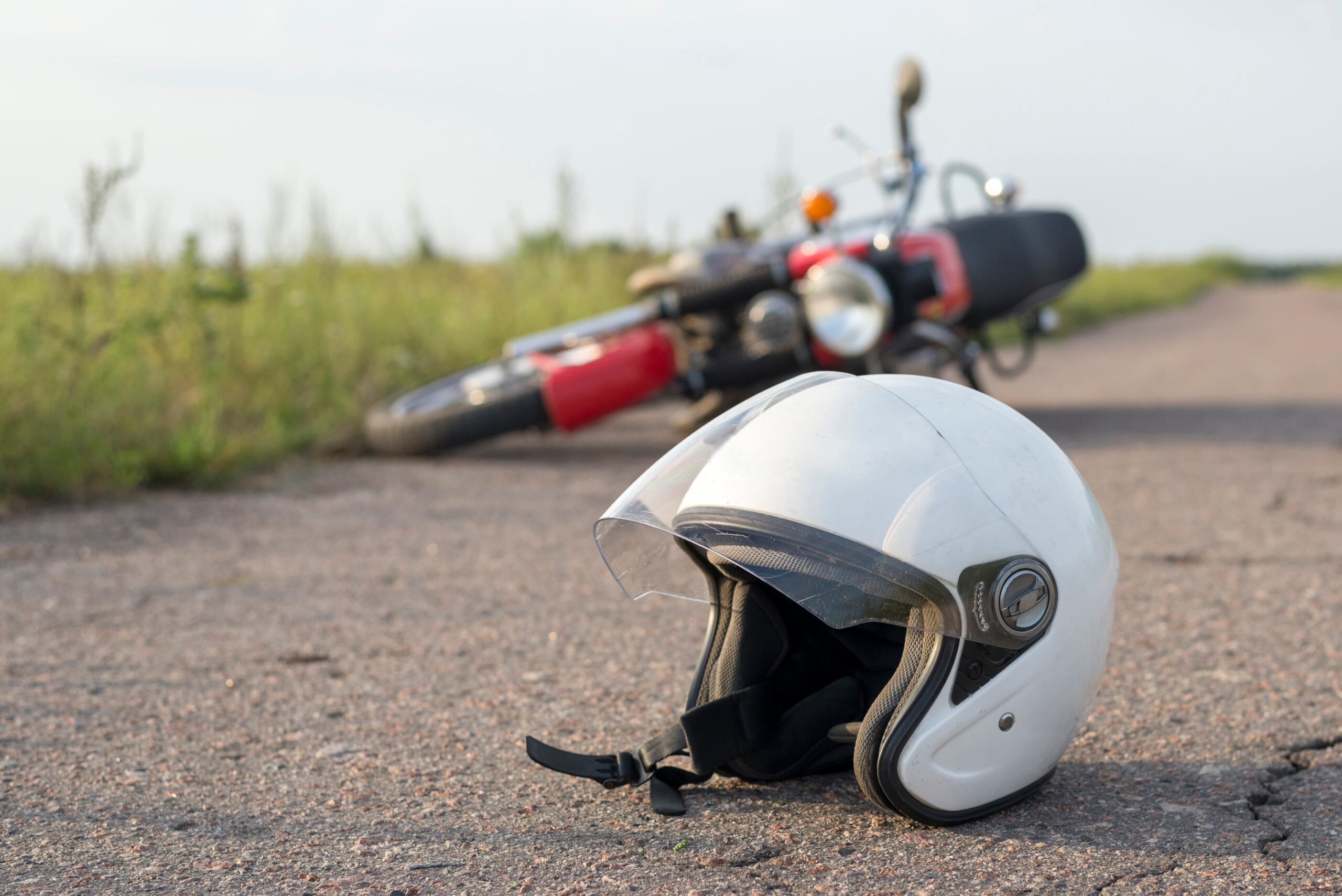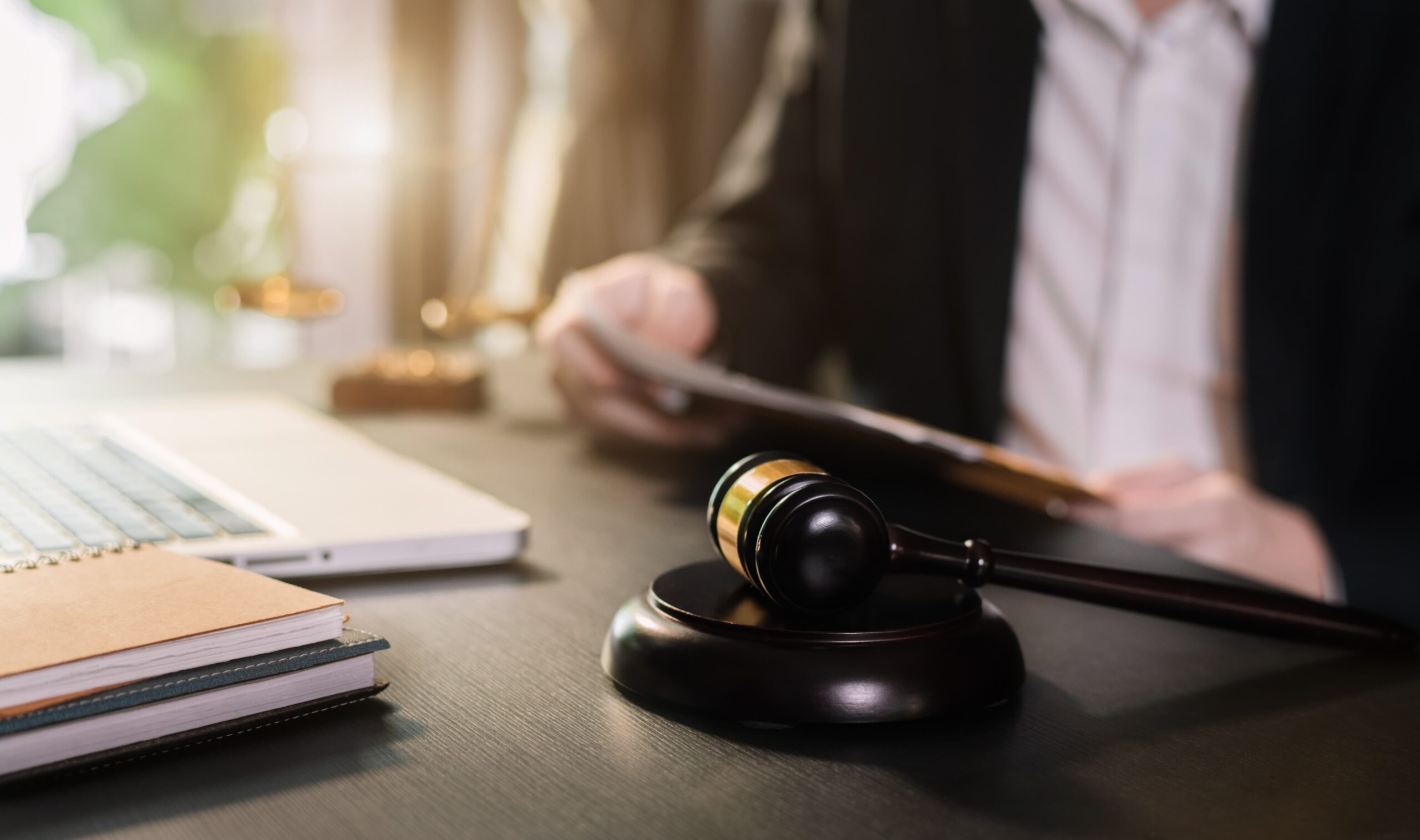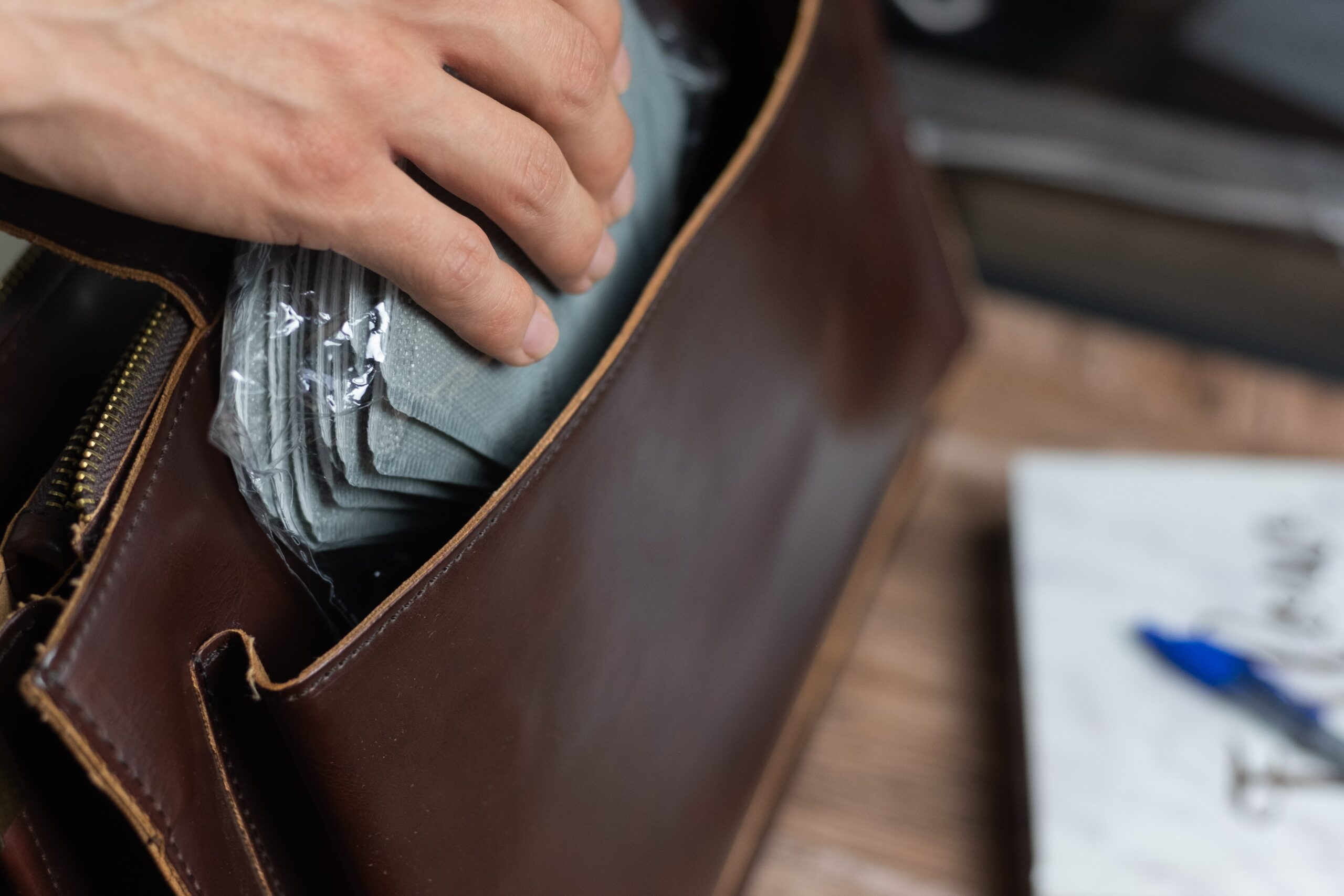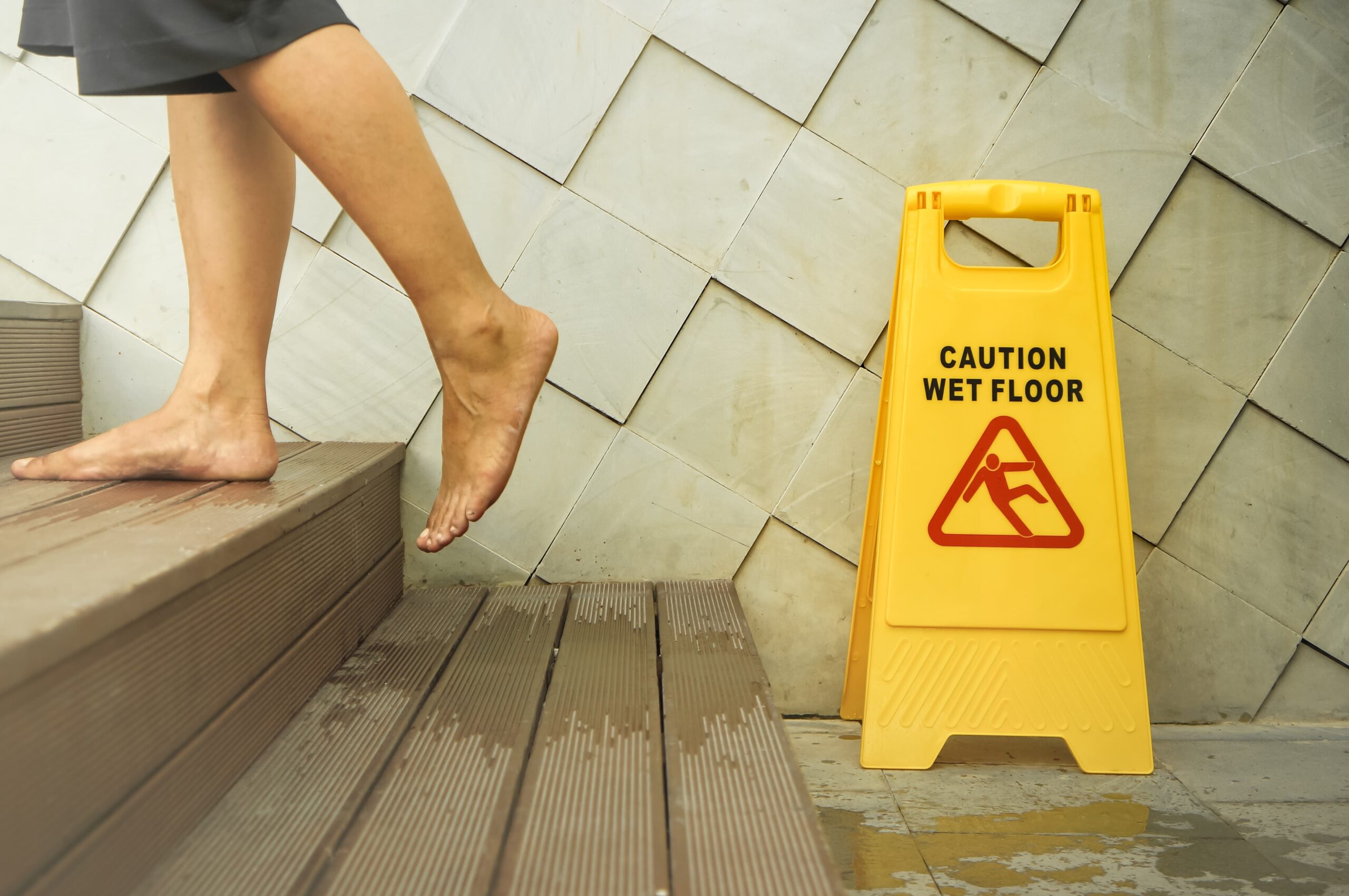TL;DR: If you’re struck while biking, get safe, call 911, and collect driver/witness details and photos. Don’t repair your bike or helmet yet; preserve them as evidence. Be careful with recorded statements or broad medical releases. Save GPS/app data and mind short government claim notices. For serious injuries or disputed fault, get legal guidance early.
A car–bike collision is chaotic. This step-by-step guide focuses on what to do in the first minutes and the first days so you protect your health, your evidence, and your claim.
The First 5 Minutes
1) Get safe: If you can, move out of traffic and ask bystanders to call 911. Keep your helmet on if you suspect head/neck injury.
2) Call 911: Request police and medical response. Ask how to obtain the report number before officers leave.
3) Identify parties: Photograph the license plate; exchange names, phone numbers, and insurance details with the driver; capture the vehicle make/model and location markers (intersection signs, mileposts).
On-Scene Documentation Checklist
Photos/video: shoot wide and close—lane lines, signals, debris, skid marks, resting positions, damage to your bike, helmet, and the vehicle. Include a few shots that show context (crosswalks, sightlines, parked cars).
Witnesses: get names and best contact info; a 15–30 second voice memo stating what they saw can be invaluable while memories are fresh.
Your condition: take quick photos of visible injuries (scrapes, swelling). Continue documenting over the next 72 hours as bruising develops.
From ER to Follow-Ups
Adrenaline masks symptoms. Get evaluated immediately, and follow through on imaging and specialist referrals. Early records connect injuries to the crash and close “gaps” insurers try to use against you. Keep discharge papers, care instructions, and all receipts together.
Use a simple symptom log (date, pain level, sleep, mobility, missed activities). Short, consistent notes help establish non-economic damages without exaggeration.
Bike, Gear & Data Preservation
Do not repair yet: Store your bike and helmet in their post-crash condition. Ask any shop to provide photos and a written estimate before touching anything.
Save device data: Export your GPS/fitness app route (time, speed, location). If you use a smart headlight/camera, back up footage immediately. Print a route map or save a PDF—redundant copies are your friend.
Talking to Insurers Without Risk
Provide basic facts only (date, time, location, vehicles). Politely decline recorded statements and broad medical releases until you understand coverage and, if needed, have legal advice. Keep communications in writing when possible and save every email or letter.
Coverage may involve the at-fault driver’s liability policy; your own MedPay or UM/UIM (under your auto policy); and your health insurance. Sorting those correctly can prevent delays and denials.
Deadlines, Municipal Claims & Next Steps
Personal injury claims have firm statutes of limitations. If a city agency or public vehicle might be involved (e.g., poor road maintenance, bus/truck), notice requirements can be much shorter. Mark these dates early so you don’t lose rights by accident.
If liability is disputed or injuries are significant, a short consultation can clarify evidence priorities and communications strategy. Learn about our firm at Pyramid Legal or reach us via the Contact page. You’ll get concrete next steps without pressure to decide on the spot.
Steady actions—scene documentation, timely medical care, careful insurer interactions, and preserving bike/tech data—will put you in the strongest position after a collision. If you were hit while biking, you don’t have to navigate this alone.

